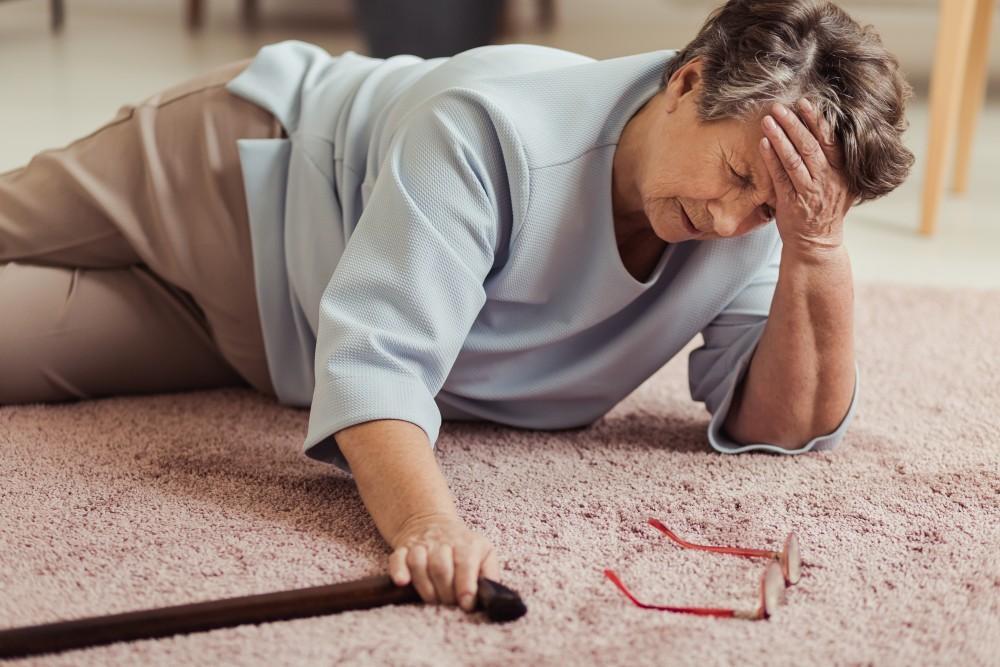As the population ages, the importance of innovative solutions for senior care becomes increasingly evident. One of the significant areas witnessing rapid advancements is the realm of elderly monitoring devices. These devices are not just about keeping an eye on the elderly; they are about enhancing their quality of life and ensuring their safety. Understanding the trends in elderly monitoring devices is crucial for caregivers, family members, and the seniors themselves.

Understanding the Need for Elderly Monitoring Devices
The global elderly population is expanding at an unprecedented rate. With this growth, there is a rising demand for elderly monitoring solutions that can provide peace of mind to both seniors and their families. These devices are designed to monitor health metrics, detect falls, and ensure that help is just a button away in case of emergencies.
Key Features of Modern Monitoring Devices
Modern elderly monitoring devices come with a plethora of features designed to cater to the unique needs of seniors. From tracking vital signs to providing GPS location data, these devices are equipped with technology that allows for real-time monitoring and reporting.
The Rise of Smart Technology in Elderly Care
The integration of smart technology in elderly monitoring devices has been a game-changer. Devices are now more intuitive, allowing for seamless integration with smartphones and other digital platforms. This connectivity ensures that caregivers can monitor their loved ones remotely, providing a sense of security and independence to the elderly.
Wearable Technology and Its Impact
Wearable technology has made significant strides in recent years. Devices like smartwatches and fitness trackers are now being tailored specifically for seniors, offering features like heart rate monitoring, fall detection, and medication reminders. The convenience and accessibility of these devices make them a popular choice among the elderly.
Challenges in Implementing Elderly Monitoring Solutions
Despite the advancements, there are challenges in the widespread adoption of elderly monitoring devices. Privacy concerns, technological literacy, and the cost of these devices are some of the significant barriers. However, ongoing research and development aim to address these issues, making these devices more accessible and user-friendly.
Addressing Privacy Concerns
Privacy is a significant concern for many seniors when it comes to monitoring devices. Ensuring that personal data is protected and used ethically is paramount. Manufacturers are increasingly focusing on securing data and providing transparency in how data is used.
The Future of Elderly Monitoring Devices
The future of elderly monitoring devices looks promising, with continuous advancements in technology. Artificial intelligence and machine learning are expected to play a crucial role in enhancing the capabilities of these devices, making them more predictive and less reactive.
Integration with Healthcare Systems
As these devices become more advanced, integration with healthcare systems will become vital. Real-time data sharing with healthcare providers can lead to better management of chronic conditions and timely interventions, ultimately improving health outcomes for seniors.
Case Studies and Real-World Applications
There are numerous success stories of elderly monitoring devices making a positive impact on the lives of seniors. For instance, fall detection devices have been instrumental in reducing the time it takes for help to arrive after a fall, significantly reducing the risk of complications.
Fall Detection and Independent Living
Fall detection devices, such as those explored in the article on fall detection and independent living, are crucial for seniors who wish to maintain their independence. These devices ensure that help is always available, providing peace of mind to both seniors and their families.
Cost and Accessibility Considerations
The cost of elderly monitoring devices can be a barrier for many seniors. Finding the right balance between cost and functionality is essential. Exploring options like one-time purchase versus subscription models can help make these devices more accessible, as discussed in subscription vs. one-time purchase models.
Smartphones vs. Dedicated Devices
Choosing between smartphones and dedicated fall detection devices is a common dilemma. Each option has its pros and cons, and the choice depends on the individual’s needs and preferences. A detailed comparison can be found in smartphones vs. dedicated devices.
Physical Activity and Fall Prevention
Engaging in regular physical activity is one of the most effective ways to prevent falls among the elderly. Ensuring seniors stay active can significantly reduce the risk of falls, as highlighted in the article on physical activity to reduce fall risk.
Best Fall Prevention Strategies
Understanding and implementing the best fall prevention strategies can make a significant difference in the lives of seniors. These strategies, discussed in best fall prevention strategies, include a combination of technology, lifestyle changes, and home modifications.

FAQs on Elderly Monitoring Devices
What are the most common features of elderly monitoring devices?
Common features include fall detection, heart rate monitoring, GPS tracking, and emergency call capabilities. These features are designed to ensure the safety and well-being of seniors.
How do elderly monitoring devices ensure privacy?
Most devices come with robust data protection measures, ensuring that personal information is secure and used only for intended purposes. It’s essential to choose devices from reputable manufacturers.
Are there affordable options for elderly monitoring devices?
Yes, there are various affordable options available, including both one-time purchase and subscription models. It’s important to assess the features and choose a device that fits the budget and needs.
In conclusion, the trends in elderly monitoring devices are rapidly evolving, offering promising solutions for enhanced safety and independence of seniors. As technology continues to advance, these devices will become more integrated, accessible, and indispensable in elderly care.
This article contains affiliate links. We may earn a commission at no extra cost to you.

